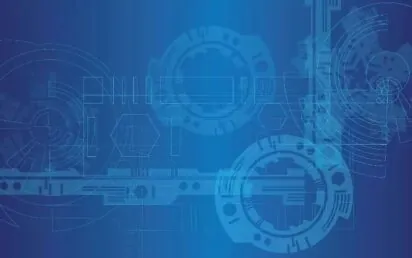A pioneering ‘visual AI’ business is developing a way to automatically detect suspicious behaviour from the way people move with a view to making our streets safer.
London-based Cortexica combines artificial intelligence with ‘computer vision’ to process footage captured by cameras and also interpret live video feeds.
The company has already developed the core technology which can recognise products and clothing and is now looking to enter the field of public sector surveillance with its next wave of technology is trained to attach to existing CCTV cameras and intelligently monitor surroundings.
“It’s not going to quite be Minority Report, but it has the ability to see potential dangers [in public settings],” the firm’s chief solutions officer Alastair Harvey told BusinessCloud.
The AI is trained on video clips of people running, for example, which makes it possible for the AI to spot similar behaviour and contextualise it.
Harvey refers to the technology, which is still in the research stage, as ‘action recognition’.
“When you can recognise actions, you can then put them against scenarios, depending on the environment. That scenario and those actions can move towards predictive analytics,” Harvey explained.
The hope is that the technology can detect the difference between “people all running together happily” and people “running in panic from something”.
“The next big area will be expanding on public safety by being able to see that there is a person who is walking against the flow of people with a red backpack, and in the next camera, he hasn’t got the backpack.
“Where’s the backpack? We can track that now.
“We’ve got a number of public sector enquiries from around the world concerned with safer cities.”
The AI is designed to work and think like someone at the helm of security cameras, but with the added benefit of working around the clock without ever getting distracted.
“If you’ve got 500 cameras, how many people does that require? People make mistakes, they go to the loo, they sneeze,” he said.
“It is more reliable than a human when it comes to scale. We can monitor multiple cameras in multiple areas consistently, day and night without any variants.”
Harvey, an advocate for the recently introduced General Data Protection Regulation, believes that although in theory this means more surveillance, the technology decreases the need to collect personal information.
“We recognise actions, we don’t recognise people. We don’t do facial recognition or anything to do with identity,” he said.
“It’s not about identity. It’s all about preventative measures. It’s all to do with monitoring actions and spaces.”
The technology, which is still in the trial stage, is also being applied to construction, where it can ensure that workers are wearing the correct protective equipment.
“We’ve trained the AI to recognise items like oxygen tanks, and hard hats for example. The objects are being identified and tracked in real time. From that you can create alerts and alarms,” he said.
The business, which is 50-strong and still growing, recently picked up a BT Infinity award for its work and has begun a partnership with BT to create solutions to retailers.
Harvey believes that the next year will see a huge acceleration in the technology and a future in which an added layer of intelligence can be added to every surveillance camera.
“In the home it could be used for predicting accidents, monitoring, or looking after children,” he said.
The company plans to continue to compete with the likes of the Google-acquired DeepMind by creating a ‘video centre of excellence’ and extending its sales and marketing activities.


